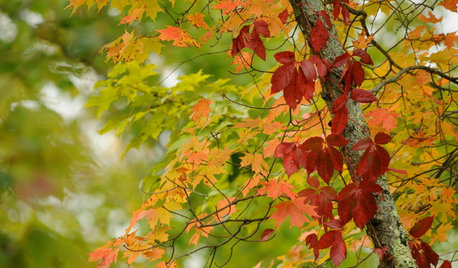Pond is red and brown color
lynn_2010
13 years ago
Featured Answer
Sort by:Oldest
Comments (19)
lynn_2010
13 years agolast modified: 9 years agosleeplessinftwayne
13 years agolast modified: 9 years agoRelated Professionals
Brooklyn Center Landscape Architects & Landscape Designers · Salem Landscape Contractors · Springfield Landscape Contractors · Berkeley Heights Landscape Contractors · Bound Brook Landscape Contractors · Bridgeview Landscape Contractors · Englewood Landscape Contractors · Lexington Landscape Contractors · Milford Landscape Contractors · North Ridgeville Landscape Contractors · Royal Oak Landscape Contractors · Saint George Landscape Contractors · Selden Landscape Contractors · West Haverstraw Landscape Contractors · Yuba City Landscape Contractorssleeplessinftwayne
13 years agolast modified: 9 years agolynn_2010
13 years agolast modified: 9 years agohorton
13 years agolast modified: 9 years agosleeplessinftwayne
13 years agolast modified: 9 years agohorton
13 years agolast modified: 9 years agodrh1
13 years agolast modified: 9 years agohorton
13 years agolast modified: 9 years agodrh1
13 years agolast modified: 9 years agosleeplessinftwayne
13 years agolast modified: 9 years agohorton
13 years agolast modified: 9 years agolynn_2010
13 years agolast modified: 9 years agolynn_2010
13 years agolast modified: 9 years agodrh1
13 years agolast modified: 9 years agobjmellis_gmavt_net
13 years agolast modified: 9 years agoadwfarms
9 years agolast modified: 9 years agomroianov
6 years ago
Related Stories

DECORATING GUIDESInspired by Fall: Reds, Oranges and Browns at Home
Add just an accent or rake in the color with shades of autumn all over the house
Full Story
COLORFall on the Wall: Decorating With Rich Reds, Browns and Oranges
For your interiors, take a cue from nature’s colorful seasonal offerings
Full Story
ROOM OF THE DAYRoom of the Day: Bright Red Dining Room Glows in Fog City
Mist can put a damper on the mood in San Francisco, but this lively room fires up the energy
Full Story
ORANGEColor Guide: How to Work With Red Ocher
Ancient, passionate and warm, red ocher is one of the most elemental colors on earth
Full Story
SHOP HOUZZShop Houzz: Red-Hot Industrial
Give your industrial surroundings a pop of bright red with stools, pendants and decor
Full Story
HOLIDAYS15 Spectacular Christmas Palettes Beyond Red and Green
Instead of dragging out holiday decorations in the same old expected colors this year, dare to consider these gorgeous alternatives
Full Story
EXTERIOR COLORWhen to Paint Your Home Red
Bring on the energy — with red on its exterior, your home can stir up excitement in any setting
Full Story
COLORWhat Goes With Red Walls?
These coordinating colors and materials will make your red walls look right at home
Full Story
COLORBathed in Color: When to Use Red in the Bath
Rev up your space and flatter all skin tones with bold, beautiful red on bathroom walls, floors and fixtures
Full Story







Skylanders